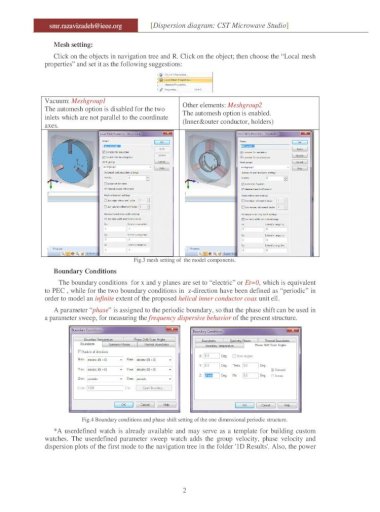
Directive Gain (G d): It is the ratio of radiation intensity in a particular direction to the average radiated power.
Power Gain (G p): It is the ratio of radiation intensity in a given direction to the average total input power.Ģ. In practice, gain is always less than the directivity D. K or η: antenna efficiency factor (0 ≤ k ≤ 1), dimensionless. Gain is related to directivity with antenna efficiency factor as: G=kD ( Gain = Efficiency × Directivity) A plot of the gain as a function of direction is called the radiation pattern. When no direction is specified, “gain” is understood to refer to the peak value of the gain. As a receiving antenna, the gain describes how well the antenna converts radio waves arriving from a specified direction into electrical power. As a transmitting antenna, the gain describes how well the antenna converts input power into radio waves headed in a specified direction. In electromagnetics, an antenna’s power gain or simply gain is a key performance number which combines the antenna’s directivity and electrical efficiency. On the right side the 3D pattern of the farfield is shown in dBi On the left side the farfield directivity in linear scale is plotted on the elevation plane. Farfield plot of the directivity of a half-wavelength dipole. S-parameter result of a half-wavelength dipole antenna designed to operate at 1 GHz.įigure 2. Radiation pattern is a defined as a mathematical function or a graphical representation of the radiation properties of the antenna as a function of space coordinated and is determined in the farfield regionįigure 1. 
The S-parameter shows that the antenna is resonant at 1 GHz and the farfield at this frequency shows the torus-like radiation pattern and a maximum directivity of 1.67. 1 S-parameter of the dipole is shown and its directivity is plotted on Fig. Scattering Parameters (S-parameters) and farfield directivity

Other 1D or 2D results are also available.īasic Terms of CST MWS Simulation Results: A) 1D-Results 1. Select far-field to view farfield patterns of Log Periodic Dipole Antenna.

Exceptionally user friendly, CST MWS quickly gives you an insight into the EM behavior of your high frequency designs.Īfter successful completion of simulation process results are generated in side panel. CST MWS enables the fast and accurate analysis of high frequency (HF) devices such as antennas, filters, couplers, planar and multi-layer structures and SI and EMC effects.







 0 kommentar(er)
0 kommentar(er)
